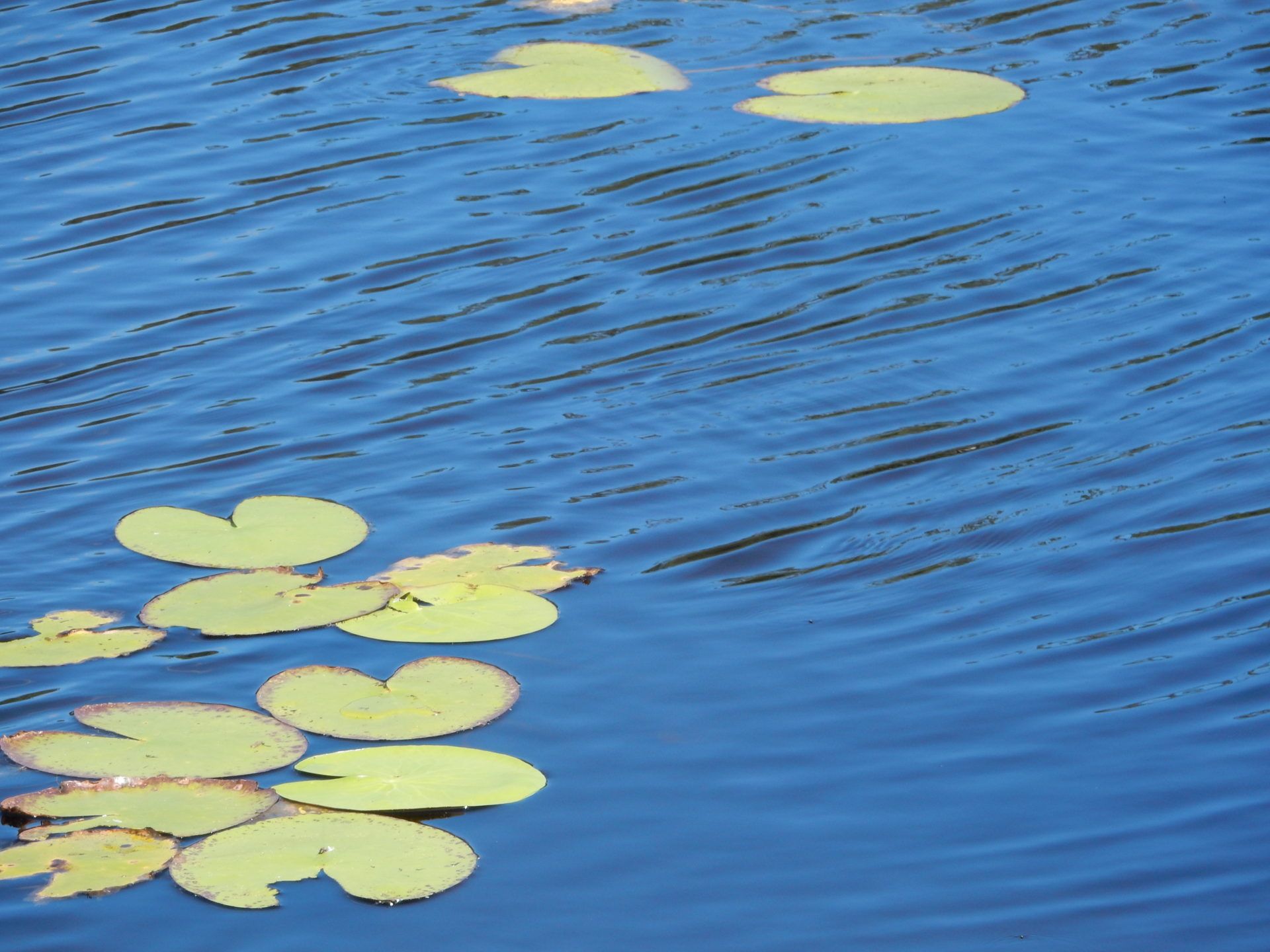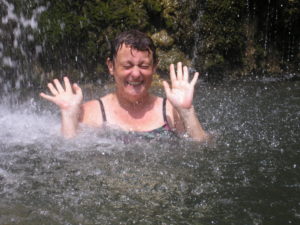
The ‘wild’ nature of swimming is good for us
If one thing is guaranteed to lift my mood—laughter yoga aside—it’s immersing myself in cold fresh water.
Not a bath—nor a shower (although I do use cold showers as a resilience booster. If you can withstand those in winter first up in the morning, you can face anything!).
Not a chlorinated pool either.
When time allows, I’ll be found swimming, bobbing or floating in a tidal creek, a freshwater reservoir or at the base of a waterfall. My son, as a child, referred to these locations as ‘Nature’s Wet and Wild’, likening them to a theme park.
Most days in the warm months, before (and after) work, I’ll be found swimming in a reservoir near my home. Surrounded by state forest, the water is fresh—at times icy: oh so invigorating.
Perhaps this is what the English refer to as ‘wild swimming’ although it’s quite the norm for me as a water baby born and bred in Australia.
I learned to swim in the Pittwater estuary’s Bayview Baths. I still remember thinking a catfish was a big tadpole!
Moving north to Brisbane, my parents would bundle my sister and me into the car and drive to the creepily-named JC Slaughter Falls at Mount Coot-tha where we would cool-off in one of its waterholes.
While I feel great after swimming laps in a pool, swimming in nature brings a calmness and peace quite different to the chlorine experience—just as a laughter yoga session is different to laughing at a comedy club.
Some years ago, Jules Pretty of the University of Essex (UK) found that exercise outdoors improved mood and self-esteem.
In a more recent study published in Environmental Science and Technology, Pretty reported as little as 5 minutes of ‘green time’ could make a difference to stress levels.
That would seem to reinforce my experience swimming ‘wild’, my senses soothed by the sound of cicadas and bellbirds, the sight and scent of eucalypt and the exhilarating ‘shock’ factor of ice cold water.
But there’s more scientific evidence to explain the uplifting nature of ‘wild water’ swims.

An Austrian study suggests waterfalls’ high levels of ionized water aerosols trigger beneficial immunological and psychological effects: our own natural antidepressant, serotonin, increases. Makes me want to head off to one these waterfall locations in Queensland (my personal favourites):
Gardner’s Falls at Maleny was a well-kept secret for a long time. It is a glistening gem, now best avoided on weekends and school holidays
Josephine Falls, south of Cairns, which really does fulfil my son’s child analogy of ‘Nature’s Wet and Wild’
Millaa Millaa Falls on the Atherton Tablelands of far north Queensland. I’ve had the joy of being the only one in the water here – it was winter, but winter in far north Queensland still isn’t cold.
Safe ‘wild’ swimming practices
Of course, swimming in places like creeks, waterholes and dams requires water-safe awareness just as swimming on beaches does (only there are no red-and-yellow swimming flags to guide you).
1 in 4 drownings in waterways happen in creeks and rivers and a further 10% in lakes, dams or reservoirs, according to the Royal Lifesaving Society of Australia. Enjoy wild swimming with some safe practices:
· Seek local advice before you swim. Creeks, lakes, rivers and dams can hide dangers such as submerged logs and rocks and unexpectedly strong currents, especially after rain.
· Never dive or jump into a waterhole before checking the depth and hazards.
· Be aware that conditions change – just as beach conditions change with tides and weather.
· Avoid swimming near boat ramps or where watercraft are in use.
· Avoid swimming alone.
· Never consume alcohol and swim.
· Watch your step near waterfalls: rocks can be slippery.
· Look out for crocodiles and other dangerous marine animals.
Where’s your favourite natural destination for swimming? Do tell. May 2018 go ‘swimmingly’ for you!
(c) Heather Joy Campbell 2017